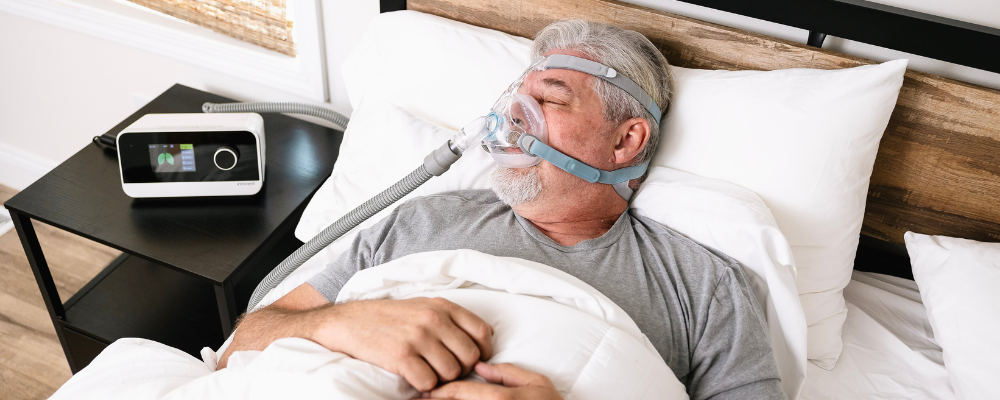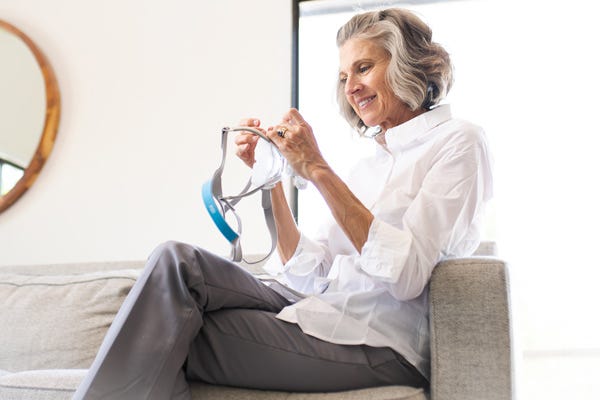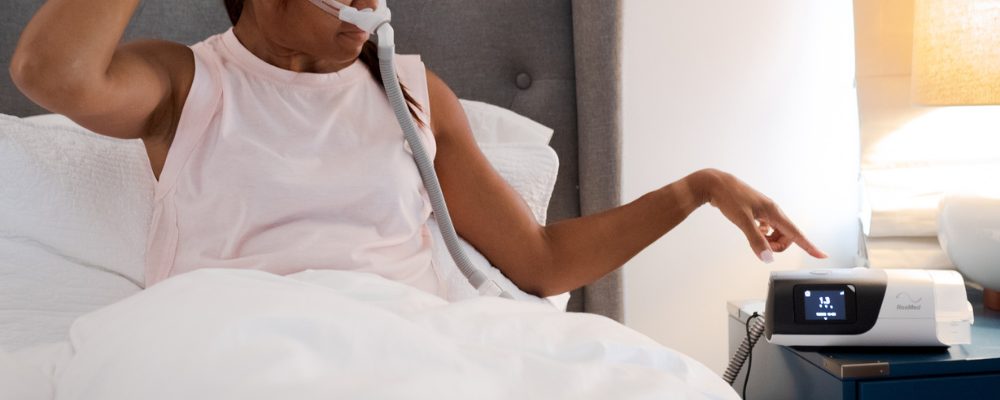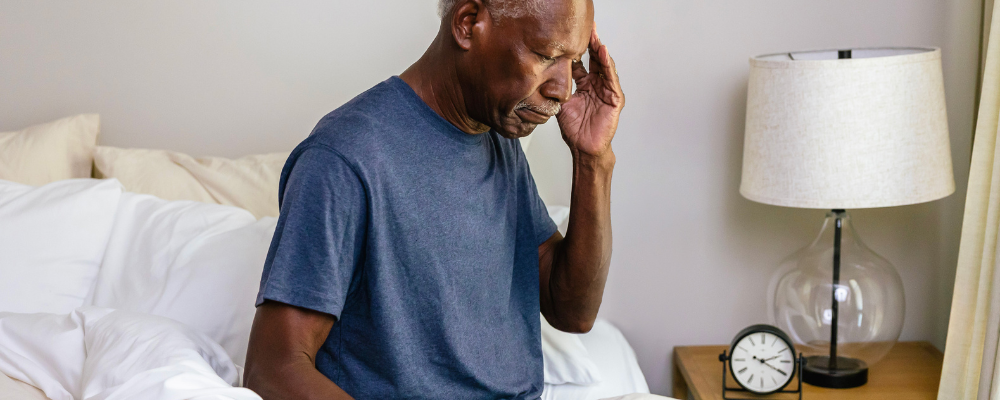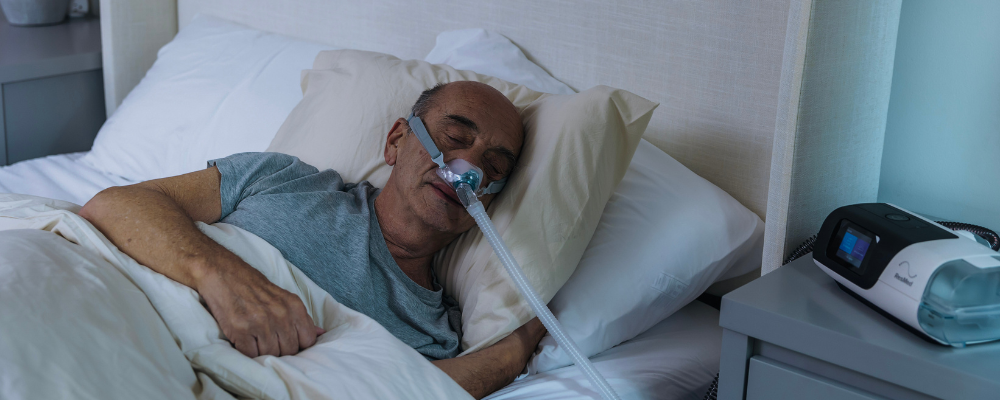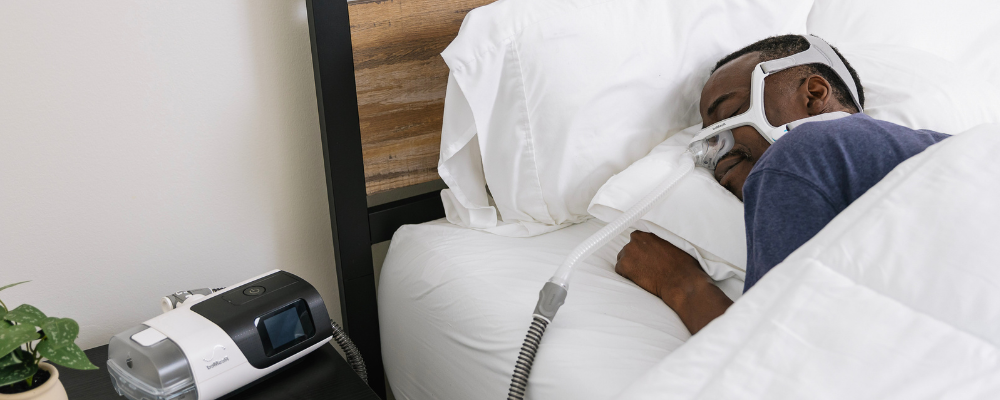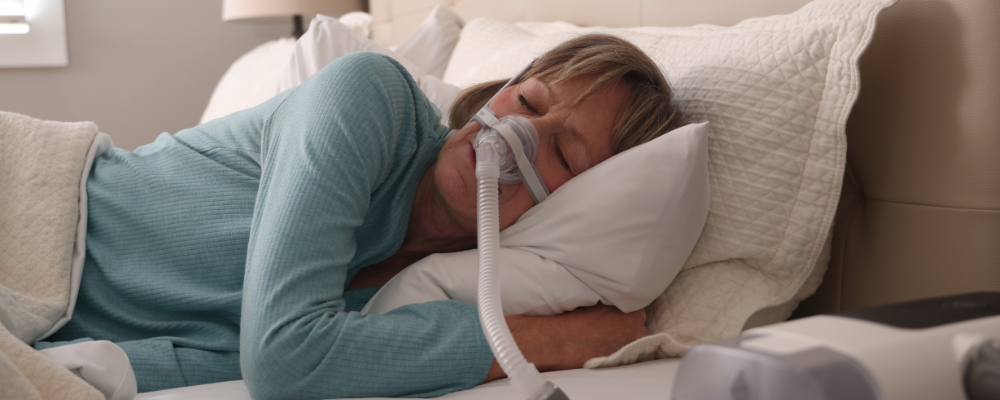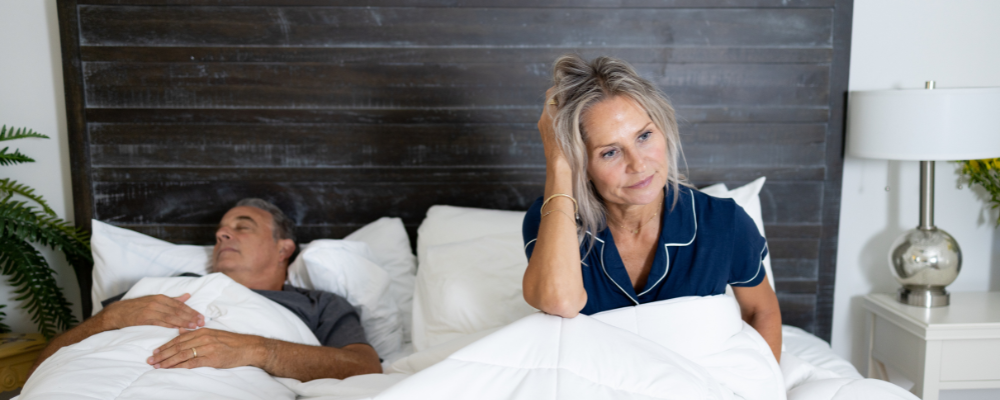Obstructive sleep apnea (OSA) has three levels of severity: mild, moderate, and severe. Which severity you have is measured by how many times your breathing alters during sleep. If this only happens 5-15 times, you have mild OSA. Is that really enough to subject a patient to a lifetime of PAP therapy?
Dr. Neomi Shah, MD, MPH, MSC, is the System Vice Chair for Faculty Affairs in the Department of Medicine, and Professor (with Tenure) in the Department of Medicine, and Associate Division Chief for Academic Affairs in the Division of Pulmonary, Critical Care and Sleep Medicine. At the annual American Academy of Sleep Medicine conference, she defended the unpopular opinion that no, treating mild OSA doesn’t mean you have to use a CPAP. Aeroflow Sleep is here to share (and then, argue against) her research.
Aeroflow Sleep reached out, but Dr. Shah did not respond immediately for comment.
IN THIS ARTICLE:
How Do I Find Out If I Have Mild OSA?
3 Alternatives To CPAP Therapy
3 Reasons CPAP Therapy Is Preferred By Doctors
How To Get CPAP Supplies Through Insurance
CPAP SUPPLIES THROUGH INSURANCE:
Aeroflow Sleep is in-network with most primary insurance companies and is accreditted by Medicare and Medicaid. Complete our Qualify Through Insurance Form, and we will automatically check to see if your plan covers CPAP supplies; including a machine, mask, and accessories. ***Must have a sleep study to qualify.***
You will also receive the care and attention every sleep apnea patient deserves; one-on-one clinical support in-home or via telehealth, a dedicated Sleep Specialist you can contact during business hours, and a user-friendly online portal with tailored replacement schedule, important updates and notifications, and educational resources.
Let us take the headache out of healthcare. Join the Aeroflow Sleep family today! It only takes 5-7 minutes to get started.
How Do I Find Out If I Have Mild OSA?
Before we get into the details, it’s important to understand how mild OSA is diagnosed. We briefly introduced the measurement, however how that measurement is determined has to do with your Apnea Hypopnea Index (AHI.) It’s literally the combination of apneas and hypopneas you experience within an hour of sleep.
Apneas are when you stop breathing during sleep, and hypopneas are intervals of shallow breathing. Either count toward your AHI, and you find out what your AHI is when you have a sleep study performed. This can either occur at home or in a lab. Furthermore, a sleep study will narrow down whether you have obstructive, central, or mixed sleep apnea, but we’re only focusing on the most common (OSA) today…
An AHI above 5 would diagnose you with sleep apnea and require treatment. Traditionally, that treatment is a prescription for CPAP, requiring you to use a machine, mask, and supplies every night in order to regulate your breathing. CPAP is still the gold standard among doctors today, but there are many solutions to sleep apnea out there.
3 Alternatives To CPAP Therapy
Dr. Shah presents alternatives to her patients with mild OSA before discussing CPAP therapy. The three alternatives Aeroflow Sleep is most often asked about by our patients are:
1. Surgery
When your obstruction is actually a part of yourself (like an enlarged muscle, extra soft tissue, even poorly positioned bone,) surgery may be enough to correct your. Everything from the mouthful that is uvulopalatopharyngoplasty to a simple tonsillectomy is on the table, and your sleep doctor can certainly review each option with you. Just know that all surgeries are invasive and not all patients qualify right away; for example, a high BMI can keep you from being a surgical candidate.
2. Oral Appliances
Oral appliances are the tools that replace CPAP in its form of treatment, called Mandibular Advancement Therapy. They’re basically mouthpieces that look like a mouthguard or retainer, and a dentist can custom-make these to alleviate sleep apnea symptoms; such as snoring and dry mouth. Over time and when used effectively, they will slowly lower and/or bring your jaw forward until your tongue no longer obstructs the airway, and thus, rids you of OSA, too.
3. Lifestyle Changes
Finally, some patients need only look at their diet and exercise habits, even their bedtime routine, to see an improvement in their OSA. The Centers for Disease Control (CDC) advises adults exercise for 30 minutes, 5 days per week; follow a healthy eating plan like the Dietary Guidelines for Americans and get 7-8 hours of quality sleep each night. Note: Seniors between the ages of 61-64 may need up to 9 hours of sleep.
3 Reasons CPAP Therapy Is Preferred By Doctors
Dr. Shah’s perspective is unique and admirable. We always recommend consulting a doctor for your medical issues or concerns too, because only you and your primary care physician know your health and healthcare needs best. Aeroflow Sleep does however have a stake in CPAP therapy being the preferred option, so now we’ll take a moment to review 3 reasons why alternate treatment options remain controversial.
1. OSA Is A Progressive Sleep Disorder
We began this blog with a scale: mild, moderate, and severe. Without proper treatment, mild OSA can become moderate or severe, because sleep apnea is a progressive disorder. Some CPAP alternatives won’t even work if your sleep apnea is severe enough; including surgery. Why try to treat it any other way when there’s the potential you’ll need CPAP eventually anyway?
2. Limited Success With Alternatives
Research like Dr. Shah’s is limited and, therefore, calls for debate. Surgery is a relatively new treatment option; Inspire is the first of its kind to show promising results. Oral appliances show little success, and lifestyle changes are entirely dependent on patient outcome; not their device. Until more conclusive evidence supporting CPAP alternatives is available, fewer doctors are likely to make the switch.
3. Insurance Covers PAP Therapy
There are restrictions to what insurance companies are willing to pay for, so when your form of treatment is not widely valued by the healthcare industry, it’s even less likely the insurance company will value it (monetarily.) That’s why Aeroflow Sleep only presents you with the durable medical equipment and services you can get covered through insurance; like APAP, BiPAP, and CPAP therapy.
Either Way, Treat Mild OSA
At the end of the day, we do agree on one thing: you should treat mild OSA, whether you use CPAP or an alternative. The only difference in our positions is in how it’s treated, and that choice is not up to us, nor has it ever been. Information provided on the blog (and by Aeroflow Sleep staff) is not intended as a substitute to medical advice or care. Talk to your doctor to see which treatment option is right for you. It may be one of Dr. Shah’s, or it may not.
How To Get CPAP Supplies Through Insurance
If you do end up choosing to go the route of CPAP therapy, we can help! Remember, Aeroflow Sleep’s entire business model is to get your PAP machine, mask, and supplies covered up to 100% through insurance. We are in-network with most private insurance companies, plus we’re accredited by Medicare and Medicaid, so you can be confident in receiving that gold standard of treatment without the headache and hassle of figuring out how to pay for it all yourself.
References
Sethukumar P, Kotecha B. Tailoring surgical interventions to treat obstructive sleep apnoea: one size does not fit all. Breathe (Sheff). 2018 Sep;14(3):e84-e93. doi: 10.1183/20734735.020118. PMID: 30364490; PMCID: PMC6196320.
Hirshkowitz M, Whiton K, Albert SM, Alessi C, Bruni O, et al. The National Sleep Foundation’s sleep time duration recommendations: methodology and results summary. Sleep Health. 2015;1(1):40–43.
Berger, G & Berger, R & Oksenberg, Arie. (2008). Progression of snoring and obstructive sleep apnoea: The role of increasing weight and time. The European respiratory journal : official journal of the European Society for Clinical Respiratory Physiology. 33. 338-45. 10.1183/09031936.00075408.


